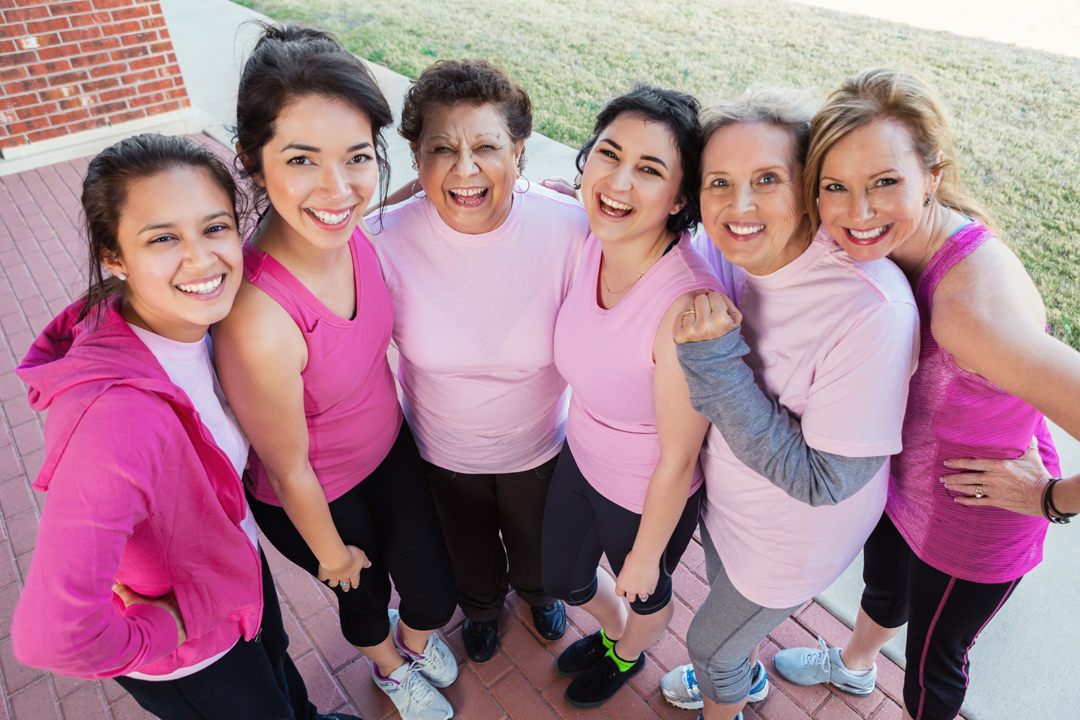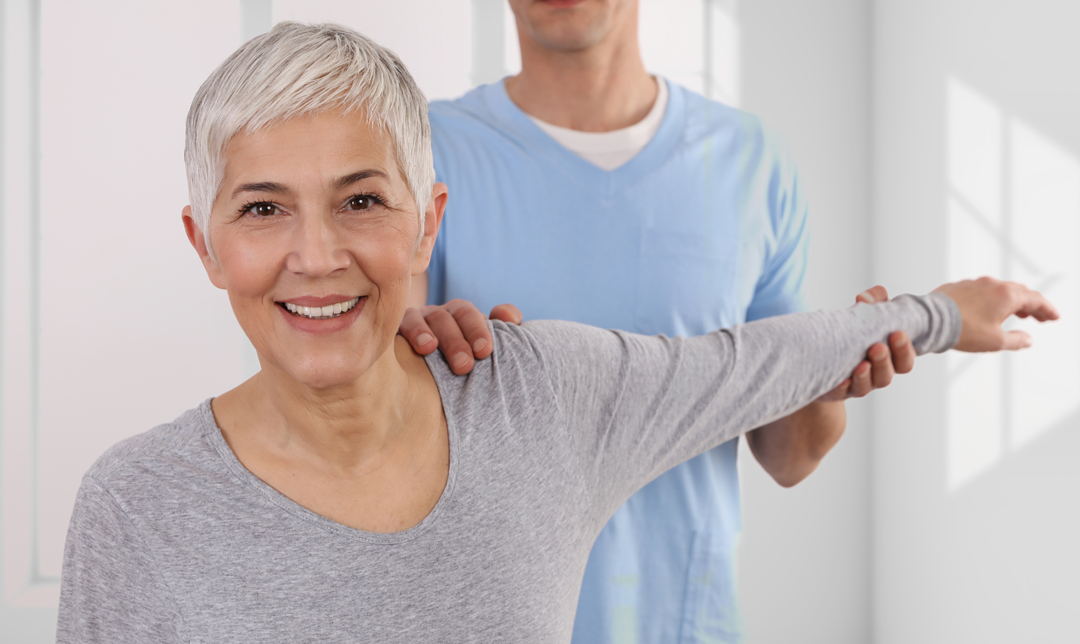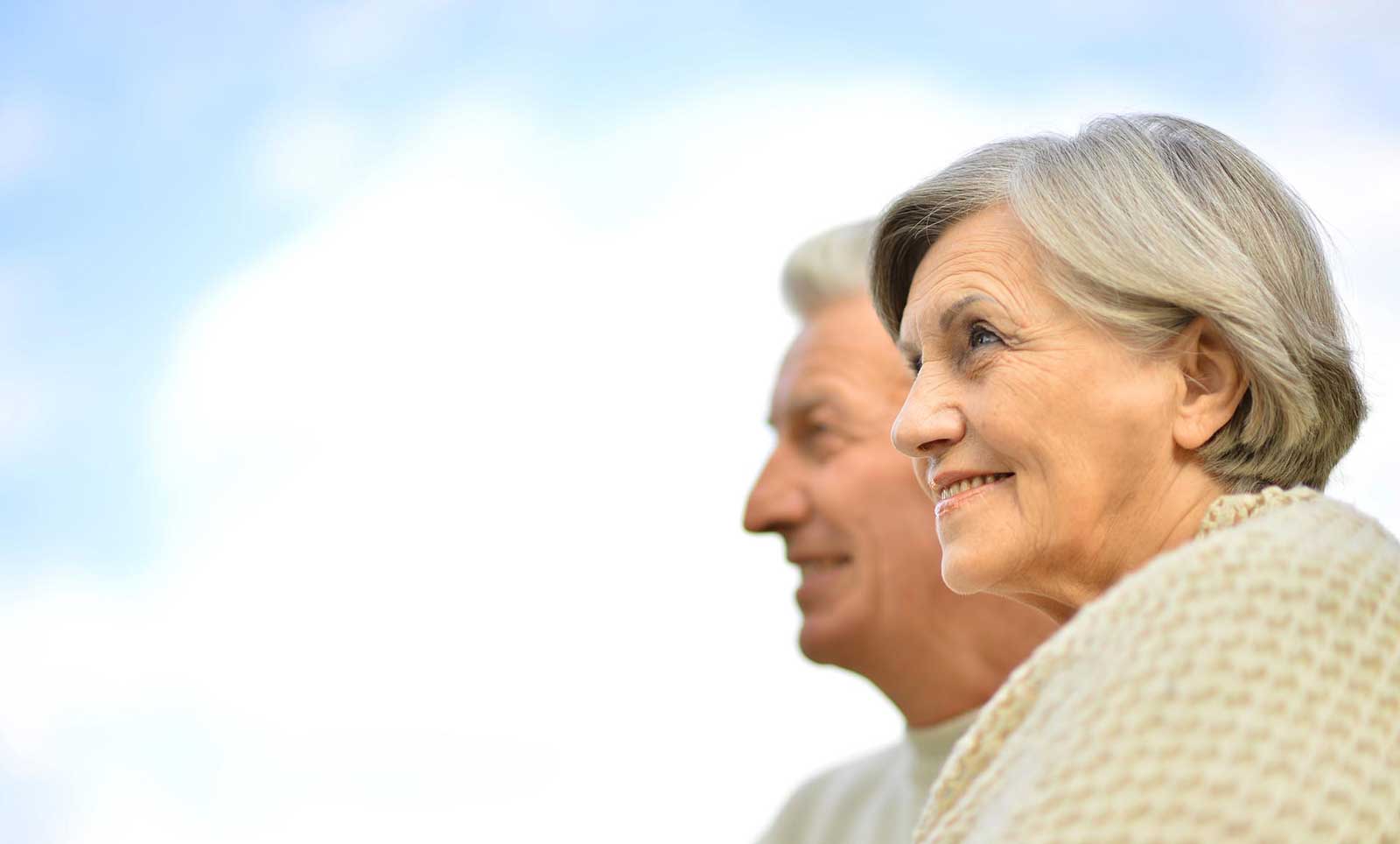
Women's Health
As a woman ages, her body produces decreasing amounts of hormones such as estrogen, progesterone, and testosterone. Hot flashes, sleeplessness, night sweats, vaginal dryness, mood swings, loss of libido, fatigue, difficulty concentrating, and weight gain are all symptoms caused by these declining levels and resulting hormone imbalance. Hormones also help to protect women from diseases such as osteoporosis, colorectal cancer and heart disease, so as hormone levels decrease there is a greater risk of developing these diseases as well..
LEARN MORE
Men's Health
Beginning at approximately 40 years of age, a man’s testosterone levels slowly decline. Approximately 30% of men aged 60-70 years and 70% of men aged 70-80 have low levels of testosterone, a condition often called “andropause” because testosterone is in a class of hormones known as androgens. Androgen deficiency is strongly associated with common medical conditions including metabolic syndrome, obesity, diabetes, hypertension and atherosclerosis; as well as elevations in triglycerides (TGs), total cholesterol (TC), and low-density lipoprotein cholesterol (LDL-C). Androgens may provide a protective effect against the development and/or progression of atherosclerosis in men, and emerging evidence indicates that appropriate therapy can relieve or partially reverse the progression of these problems in testosterone-deficient men.
LEARN MOREOsteoporosis - Silent Disease
Osteoporosis is a painful, crippling disease characterized by low bone density, but it is both preventable and treatable. Osteoporosis occurs when not enough new bone is formed or too much bone is lost, or both, and therefore bone is brittle, weak and more likely to fracture. Osteoporosis is often called “the silent disease” because it can progress painlessly until a strain or fall causes a bone to fracture, and many times people don’t know they have the problem until the first fracture occurs. Bone is not a hard and lifeless structure; it is complex, living tissue. Bones provide structural support for muscles, protect vital organs, and store calcium which is essential for bone density and strength. Signs and symptoms of osteoporosis include: Pain in the back, ribs and abdomen.
LEARN MORE



